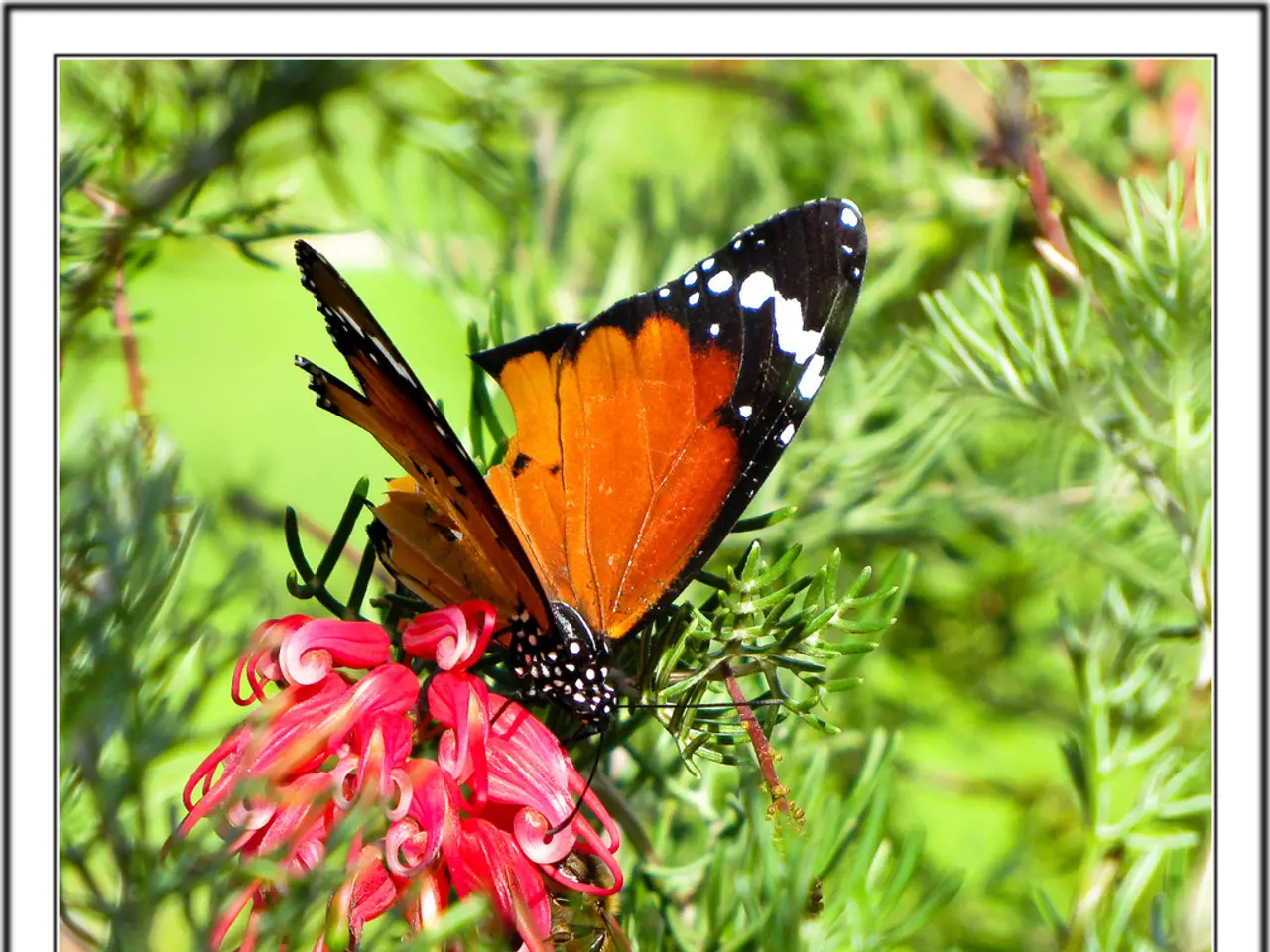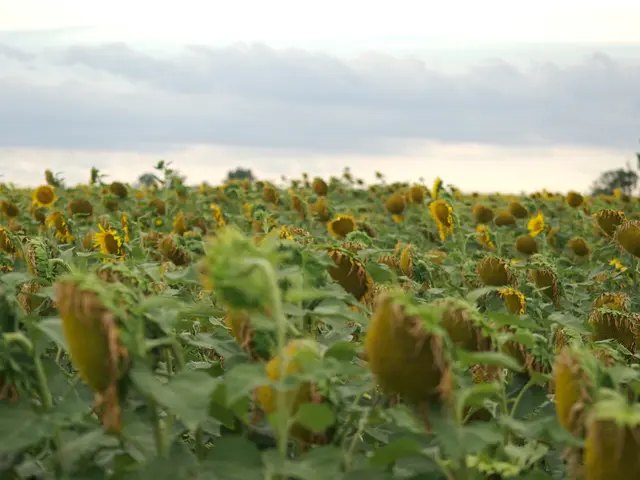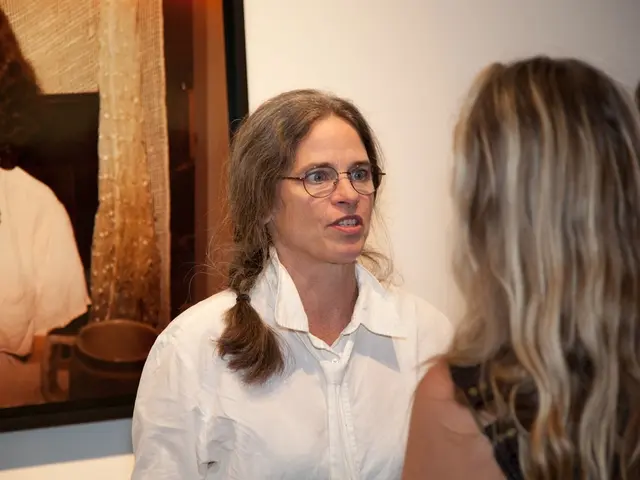Planting a Blooming Habitat for Bees and Butterflies
In a world where pollinators play a crucial role in our ecosystem, establishing an outdoor space that supports these vital creatures is both simple and important. This article explores the key steps to creating a pollinator garden, as detailed in the 5-part video course on 'Creating A Butterfly Garden'.
Firstly, it's essential to understand that native plants are already adapted to the local rainfall, but they may require watering during establishment and drought conditions. To ensure the best possible results, watering new plants regularly is recommended.
When it comes to selecting the right plants for your pollinator garden, nectar-heavy flowers are the way to go. Pollinators are attracted to colorful, bright flowers that contain nectar. For advice on the best pollinator plants in your local area, consult your local extension office.
Soil testing kits, available at local garden centers or from the extension office, can help you understand the condition of your soil before planting. This knowledge is crucial for addressing any issues and improving plant health.
The success of a pollinator garden lies in its diversity. By learning which local plants are native to your region, considering sun conditions, and taking into account soil and water sources, you can create a thriving habitat for a variety of pollinators.
Most pollinator plants prefer full sun, but some species tolerate or thrive in some shade. To determine the sunlight conditions in your yard, take pictures of the area to be planted at 9:00, noon, and 3:00. This will help you determine whether the area is full sun, partial sun, or shaded.
It's also worth noting that native plants benefit all local wildlife and offer the best food for pollinators. While native plants are the focus, some non-native species that are not invasive may also be useful in a pollinator setting.
The USDA states that three-fourths of the world's flowering plants and about 35% of the world's food crops depend on pollinators to reproduce. By creating a pollinator garden, you're not only contributing to the health of your local ecosystem but also increasing the yield of produce and fruits in your own garden.
The course 'Creating A Butterfly Garden' is inspiring gardeners to re-think their garden planning to benefit butterflies, bees, and other pollinators. For more detailed information on how to create your own pollinator garden, check the course materials or contact the course provider for details.
By following these steps, you can establish a beautiful pollinator garden that not only enhances the aesthetic appeal of your outdoor space but also contributes to the health and diversity of your local ecosystem. Happy gardening!







